Civil Liberties Litigation: Cases and Materials
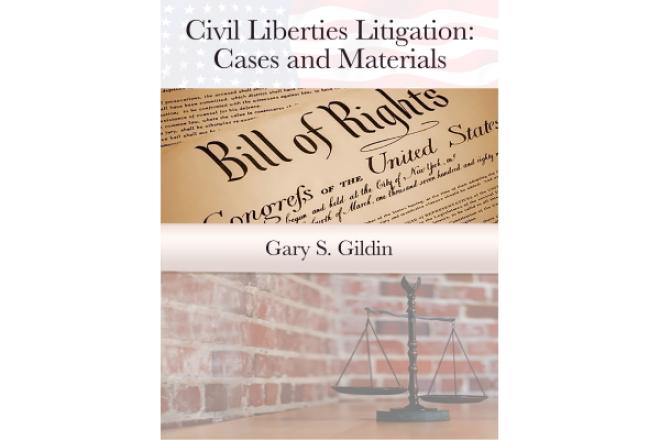
Image adapted from "Scales of Justice Lawyer" by Allen Allen, licensed under CC BY 2.0
Resource Description
Civil Liberties Litigation: Cases and Materials addresses the layers of procedural and substantive doctrines that are triggered when a citizen files a civil action seeking to recover damages or equitable relief for deprivation of a right secured by the United States Constitution.
The online book links to valuable supplemental materials that would be prohibitive to include in a hard copy text. The electronic casebook includes links to the audio and transcript of oral arguments before the United States Supreme Court in each principal case; the full text of cases, law review articles, statutes, and government documents excerpted in the notes following the principal cases; to videos of the Freedom Riders’ attempts to desegregate the Jackson, Mississippi Bus Terminal that gave birth to the doctrines of absolute and qualified immunity; and to newspaper articles humanizing the parties involved in the litigation underlying the courts’ opinions.
Cloud and Server GIS

Credit: Binary One Cyborg Cybernetics-2302728 by Gerd Altmann is licensed under CC0
Resource Description
Is your understanding of Cloud GIS a bit hazy? Does thinking about it leave you in a fog? We've designed GEOG 865, Cloud and Server GIS, to help you understand how all of the various pieces of architecture fit together. By the end of the class you'll have a clear understanding of esri's and others' offerings in the space, how to implement ArcGIS Enterprise on Amazon EC2, make online maps with Carto and Mapbox, and engage in some blue sky thinking of your own in our weekly discussions about trends and directions.Co-Constructing a Class Lexicon: A Semester-Long Project
"Dictionary" by greeblie is licensed under CC BY 2.0
Resource Description
This lexicon is a semester-long examination into and expansion of course terms. There is an initial examination into multiplicities of knowledge, which takes place over two class days. Then, for the first half of the semester there are two “daily” assignments: At the end of every class period, students submit key words/phrases of that period to their instructor, and as part of homework, students submit three key words/phrases to their instructor—one of which they further describe. In the second half of the semester, students continue completing the first assignment but now homework asks that students expand upon one of the previously described words/phrases. At the conclusion of the semester, students work with the entire corpus of collected words/phrase—those submitted after class/as part of homework and those described/expanded—building word-clouds and discussing the word clouds’ implications.
Coastal Processes, Hazards and Society
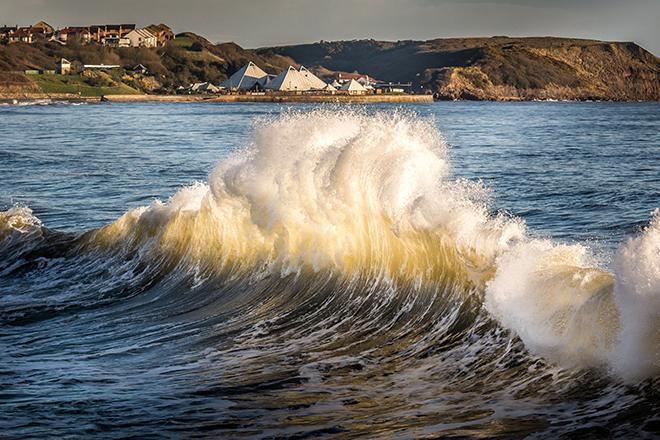
Credit: Wave 2444043 by TimHill is licensed under CC0
Resource Description
Has your attention recently been caught by news of coastal catastrophes such as hurricanes and tsunamis? Do you wonder why so many coastal communities in the world are vulnerable to flooding and other coastal hazards? Have you considered what coastal flood protections cities like Houston and Miami will need in the future to protect their residents? This course will provide a better understanding of these phenomena. We present a global perspective of coastal landscapes, the geologic processes responsible for their formation, and ways that society responds to hazards like sea level rise and catastrophic weather events. You will participate in active learning exercises such as analyzing real-world datasets and applying critical thinking to real-world societal problems while investigating a coastal community.Commercial Solar Electric Systems

Credit: Solarvoltaic System by OhWeh is licensed under CC BY-SA 2.5
Resource Description
AE 868 examines the theories and design practices of solar electric systems in the context of utility and commercial-scale applications. An important goal of the course is to equip solar professionals with skills to follow the impact of hardware trends in industry on feasibility, design, and the commissioning of such systems. Students will learn how to design solar electric systems as well as the processes required for permitting, construction, and commissioning. Topics include conceptual design of solar electric systems, solar electric technologies, inverter and power management technologies, design theory and economic analysis tools, system design processes for grid-tied and off-grid systems, integration of energy storage and demand response systems, construction project management, permitting, safety and commissioning, system monitoring, and maintenance.Computation and Visualization in the Earth Sciences
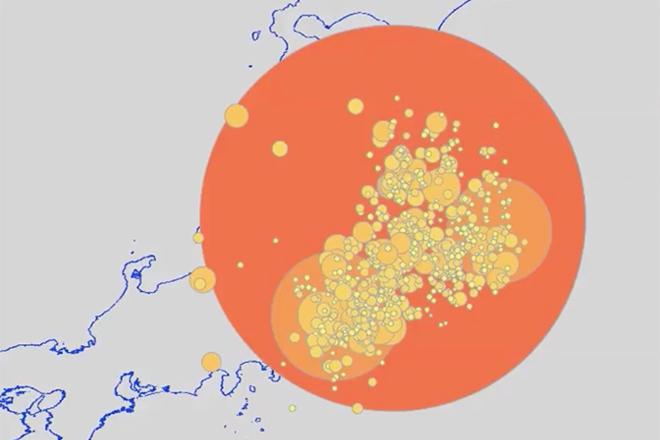
Credit: Earthquake locations from USGS by E Richardson © Penn State University licensed under CC BY-NC-SA 4.0
Resource Description
In EARTH 801, you will develop skills in a programming language designed for visual arts and visualization while exploring Earth science topics. Specifically, you'll learn and practice digital graphics capabilities in order to render Earth science concepts that are otherwise difficult to visualize due to complicated space and time scales. Here, you will interact with large, open, freely-available data sets by collecting, plotting, and analyzing them using a variety of computational methods. You'll be ready to teach secondary school students a range of Next Generation Science Standard skills involving data collecting, manipulation, analysis, and plotting. You'll also read and discuss current research regarding the teaching, learning, and evaluation of visualization skills, as well as multiple external representations of science concepts.Controversies in the Earth Sciences
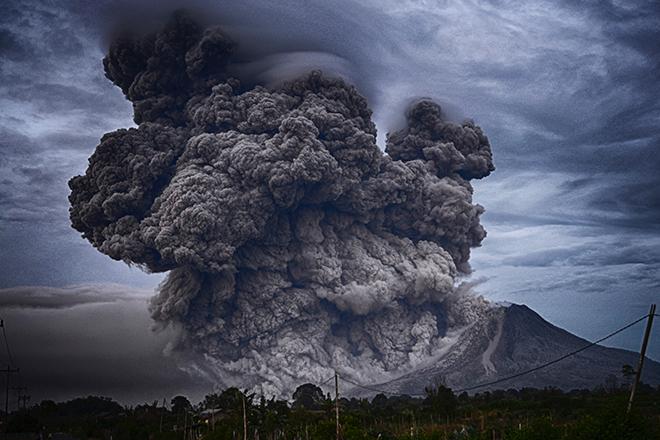
Credit: Ashers, volcano, eruption, landscape 1867440 by Pexels is licensed under CC0
Resource Description
Think science has all the answers? Think again. This course will use real, authentic data to explore and investigate modern controversies in Earth Sciences. Use tide gauge records to understand how countries around the world attempt to protect themselves from tsunami events. Process seismic data to predict earthquake recurrence in the New Madrid seismic zone, right here in the breadbasket of the US. Sort through the millions of years of the geologic timeline to shed some light on what actually did, and did not, kill the dinosaurs. Finally, use global atmospheric data to understand how misrepresentation of data can be used to paint a distorted view of past, present, and future climate. This course is no longer being offered for credit and has not been updated since 2018.Courses and Workshops in Digital Humanities
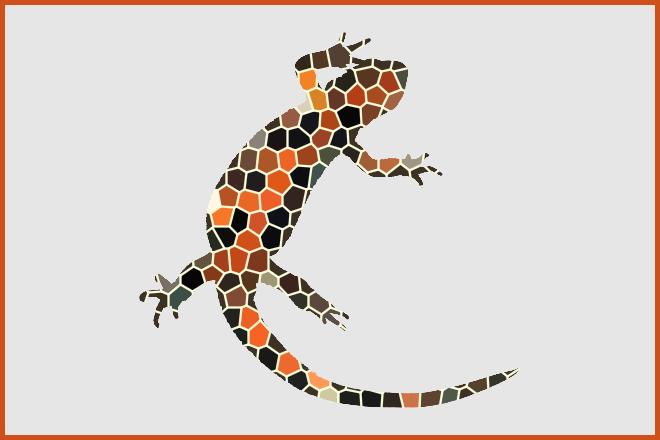
Image adapted from the logo of the newtFire website maintained by Elisa Beshero-Bondar, licensed under CC BY-NC-SA 4.0
Resource Description
Elisa Beshero-Bondar's newtFire project development site features syllabi, tutorials, and example work for a number of courses, and serves as an incubator of learning and research collaboration between scholars and students in the Digital Humanities. New and ongoing projects after 2020 reflect Dr. Beshero-Bondar's Digital Humanities work at Penn State Erie, The Behrend College, and several reflect collaborations across multiple institutions. Some projects begun before 2020 are led and maintained by faculty, students, or alumni of the University of Pittsburgh at Greensburg.
In addition to these project materials, many explanatory guides on markup technologies are also included, providing instruction, reference, and exercises on topics such as XML, JavaScript, HTML, CSS, Git, regular expressions, and various other data structuring schemas.
Differential Calculus: From Practice to Theory
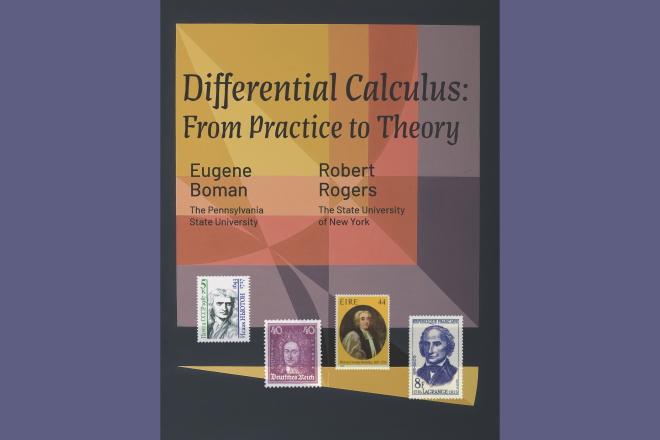
Credit: Cover of "Differential Calculus: From Practice to Theory" textbook, adapted from a work by Crockett Johnson, used with permission
Resource Description
Differential Calculus: From Practice to Theory covers all of the topics in a typical first course in differential calculus. Initially it focuses on using calculus as a problem solving tool (in conjunction with analytic geometry and trigonometry) by exploiting an informal understanding of differentials (infinitesimals). As much as possible large, interesting, and important historical problems (the motion of falling bodies and trajectories, the shape of hanging chains, the Witch of Agnesi) are used to develop key ideas. Only after skill with the computational tools of calculus has been developed is the question of rigor seriously broached. At that point, the foundational ideas (limits, continuity) are developed to replace infinitesimals, first intuitively then rigorously. This approach is more historically accurate than the usual development of calculus and, more importantly, it is pedagogically sound.
Digital Stories in Science

Credit: "Earth" by Kevin M. Gill is licensed under CC BY 2.0
Resource Description
Storytelling can save the Earth. Stories have the power to inform, raise awareness, and bring about change. Now more than ever, science needs storytelling. Our brains are hardwired to learn and connect with others through stories. Personal narratives that tap into the scientist’s voice are effective tools for communicating technical information. Digital Stories in Science provides a step-by-step approach on how to combine textual, visual, and aural information into a compelling digital narrative. Discover ways to find your story, write a script, build a storyboard, and collect images, video, and audio. Student examples, tools, and resources are included, making this resource easy to use for students, faculty, or concerned earthlings. Make an impact; create your digital story today.
